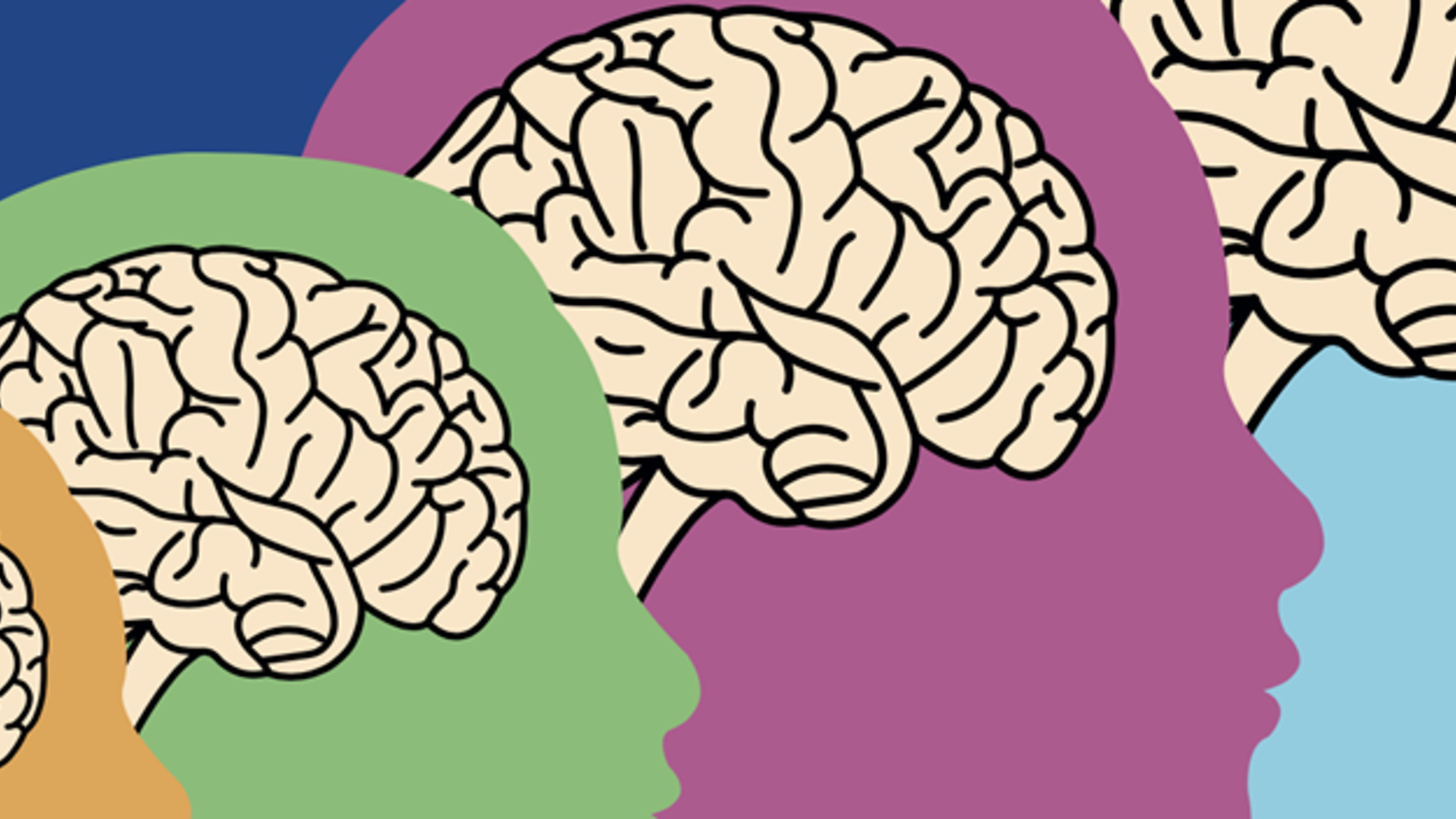Childhood Neurological Conditions

About this PSP
The Childhood Neurological Conditions PSP was established in late 2019 to identify unanswered questions about the effectiveness of interventions, treatments, therapies or procedures aimed at improving the health and wellbeing of children and young adults with neurological conditions. Read a comprehensive list of conditions (.PDF) included in the scope of this PSP.
The PSP was funded by British Paediatric Neurology Association (BPNA).
The Childhood Neurological Disabilities PSP Top 10 was published in November 2022.
Impact of Top 10s
Top 10 priorities
- Can early therapy interventions improve functional and developmental outcomes in babies experiencing brain injury during pregnancy or infancy?
- What are the most effective interventions to support sleep in children and young people with neurological conditions?
- How should we best manage emotional well-being in children and young people with neurological conditions?
- What are the most effective strategies to support communication in children and young people with neurological conditions? (e.g. use of high and low technology augmentative alternative communication (AAC) and to improve speech intelligibility)
- What are the most effective medicinal and non-medicinal treatments to manage distressing symptoms (e.g. pain, irritability) in children and young people suffering life limiting neurological conditions?
- What are the safest and most effective anti-seizure medications for seizures in new-born babies less than 28 days old?
- Which medications should be used, and in what sequence, in the management of muscle stiffness (hypertonia) in children and young people?
- Are medications (e.g. antibiotics and/or immune treatments) effective in the management of PANS/PANDAS? (Paediatric Acute-onset Neuropsychiatric Syndrome/Paediatric Acute-onset Neuropsychiatric Disorders Associated with Streptococcal infection)
- Which psychological interventions are most effective in children and young people who have functional neurological disorders?
- What are the best non-medicinal interventions (including therapies, orthotics e.g. splints, high and low technology supports) for children and young people with motor disorders?
The following questions were also discussed and put in order of priority at the workshop:
- How safe and effective are cannabis based medications in childhood onset epilepsies?
- In children and young people with epilepsy, how effective are psychological, communication, and environmental interventions to support their associated difficulties (e.g. anxiety, low mood and behaviour that challenges?)
- Can restorative interventions aimed at directly repairing damaged brain tissue, e.g. stem cells, improve outcomes following injury to the brain occurring during pregnancy or in infancy?
- What are the most effective interventions to support feeding and nutrition in children and young people with neurological conditions
- What are the most effective interventions for children and young people with gut problems (dysfunction) in association with neurological conditions?
- What are the most effective treatments to manage tic disorders in children and young people?
- What interventions are effective in managing respiratory symptoms for children and young people with neurological conditions?
- What are the most effective treatments for the management of the skin lesions of neurofibromatosis type 1 (NF1)?
- What are the most effective treatments for migraine in children and young people?
- What are the most effective rehabilitation approaches in children and young people with acquired brain injury?
- Does psychological input at diagnosis improve outcomes in children and young people with immune mediated neurological disorders?
- What are the most effective treatments for the management of neurofibromas in neurofibromatosis type 1 (NF1)?
- What impact does nutrition have on outcomes in childhood neurological inflammatory conditions?
- What are the benefits of DBS (Deep Brain Stimulation) in children and young people with abnormal muscle tone (dystonia)?
- What are the safest and most effective treatments for malignant brain tumours in children and young people?
- How safe and effective is the ketogenic diet as an early second line treatment compared to anti-seizure medications for epilepsies in children and young people?